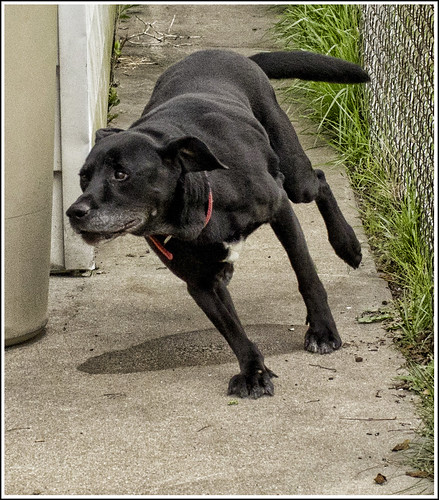 Originally posted by davenn
Originally posted by davenn 
So as I asked in the earlier post, thats a time when I should have used spot metering?
Dave
You would use spot metering if you know exactly what the meter is telling you. Truth is, that's a hard shot to get exposed properly in a single shot. If I were taking the shot, I would aim the meter (camera) at a mildly lit area of the airplane. You had your choice of complete shadow to full bake it sunlight. Pick a spot in the middle range. That will give you best opportunity for a Useable shot. You would still probably have to do some processing to scale back or bring out one area or another. As I've said earlier. Sometimes I'll just aim the camera at the ground (if concrete or similar shade), hit the green button (in M mode) and start there. Your AF shot may also be an example of where Matrix metering may have worked well.
It was my experience that the K10d tended to underexpose by a stop to begin with. CW metering supposedly gives preference to the center of the frame. Similar to spot metering but not quite because it also takes into account the rest of the frame and gives you an average. All of the old Matchstick needle type handheld meters can be considered to work the same way. Whereas Spot metering, only the center is used.
Now, back to your photo... One part of the airplane was nearly black, from what you are showing us. If, you had spot metered That part and used an EV compensation of -1.5 or so (Av or Tv), that would have insured the airplane at least, was well exposed and you might have had enough left in the sky to bring some of it back. This is kind of what I was trying to demonstrate with the picture of the dog. Regardless of what kind of lighting he is in, as long as I've compensated for the fact that he's black, using spot metering in one of the semi auto modes, I will always get a properly exposed shot of him. Side note, I use to scoff at EV Comp and I never touched the green button until I got my K7 and actually started using it. Sometimes, it's better to let the camera do the calculating.
Spot metering isn't for everybody. For some reason it scares people and they just don't want to take the short time to learn to use it. I learned to use it for black and white film. Where there is no chimping, no rear screen to see the shot instantly, no histograms, and it cost money to even process the film (even though I did it myself). My family reunions are always held in open air shelters that for all intents and purposes, are identical to the type of photo your airplane shot is. Beautifully exposed shots of the exterior showing nice detail in all the trees surrounding the shelter, beautiful color in the sky, and a bunch of shadows shaped like people running around in the shelter. Center weighted metering. The solution was to either use a flash (which people don't like) or learn to read the meter and the lighting.
I don't think LR has the ability to combine images. I could be wrong about that though. You need software capable of layers. It May be able to do an HDR type merge that will do the alignment and give you what you need. If you look through the link I provide about dirty sensors in my last post, you will see how I handle multiple photos that turn up dusty.
I hope some of that helps you.. I'll be happy to answer further questions you have.



 Similar Threads
Similar Threads 




 will work my way through all that.
will work my way through all that. ). Using it in the semi auto modes however means you have to know what you're after in the photo. For example... The Hound.
). Using it in the semi auto modes however means you have to know what you're after in the photo. For example... The Hound.







 Post #20 by Wheatfield
Post #20 by Wheatfield








